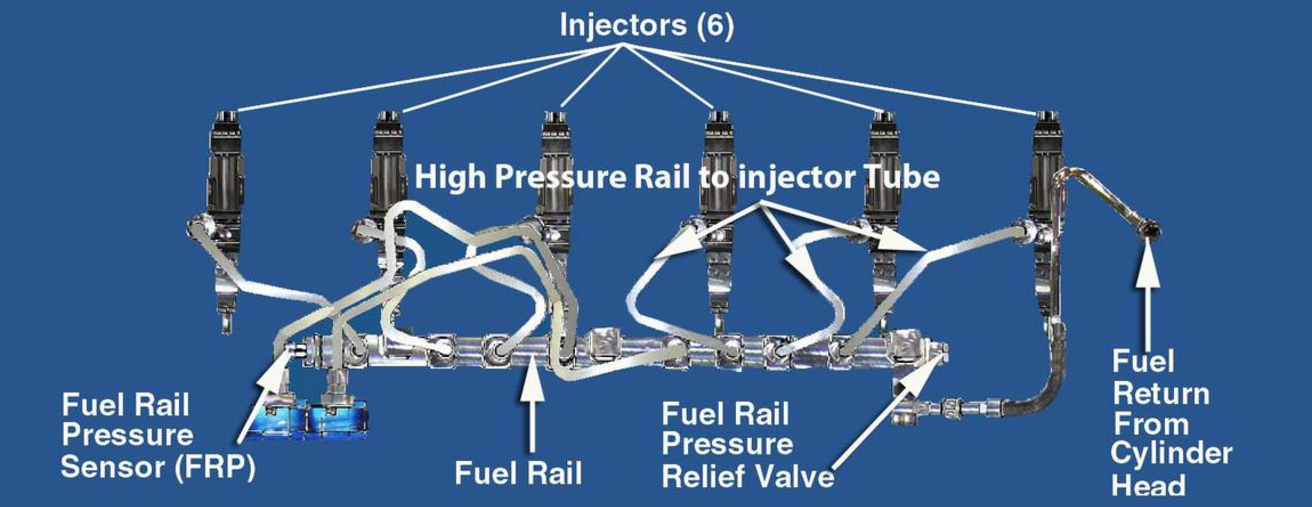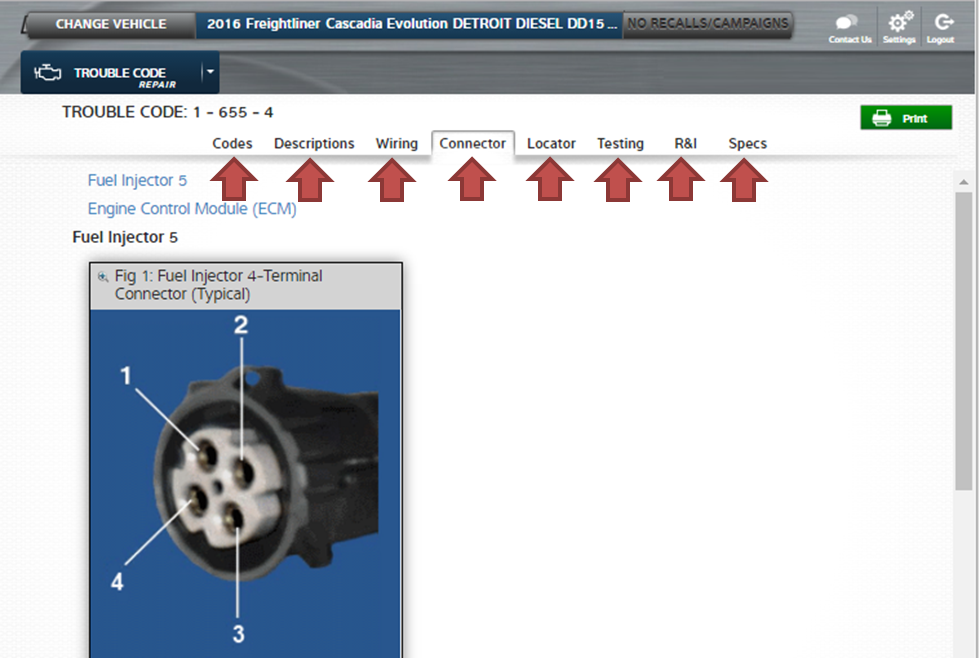Feeling the pressure?
Keeping up with fuel injection technology changes
Rapid technology changes in modern trucks make it difficult to stay competitive in the repair industry. Electronic controls, emissions control technology, combustion chamber design and VGT Turbo’s are all areas that have changed substantially. These are just a few of the recent advancements.
Diesel engines today are getting very close to the theoretical limits of efficiency. To show how far we have come, consider Rudolf Diesel. On February 17, 1897, he demonstrated an efficiency of 26.2% with the engine he made. In contrast, the average steam engine he was competing with was around 10% efficiency.
Fuel systems are an area that have had major improvements in both the components themselves, like injectors and fuel pumps, and on the control side with faster engine control modules and better software. There are too many systems used over the years to go into detail on all of them, but they include:
- Air blast — Fuel is blown into the cylinder by a blast of air.
- Solid fuel / hydraulic injection — Fuel is pushed through a spring loaded valve/injector to produce a combustible mist.
- Mechanical Unit injector — Injector is directly operated by a cam, and the fuel quantity is controlled by a rack or lever.
- Mechanical Electronic Unit Injector — Injector is operated by a cam, and the fuel quantity is controlled electronically.
- Common Rail Mechanical Injection — Fuel is at high pressure in a common rail and controlled by mechanical means.
- Common Rail Electronic Injection — Fuel is at high pressure in a common rail and controlled electronically.
Rudolf Diesel used the air blast injection system on the first engine he tested. On a blast-injection engine, the fuel is pumped up to the fuel valve by a low pressure pump and is also held under constant air pressure. With this air blast engine the fuel burn only lasts around 10% of the power stroke. It’s obvious that improvements needed to be made.
After a series of improvements, many modern day manufacturers are moving toward the use of common rail fuel systems like the system shown below.

Parts of the Rail Fuel System
In this system, fuel is shared between injectors in a “common rail” sometimes integrated inside the cylinder head.
Some of the advantages of these systems are:
- On demand fuel pressure
- Higher Injection pressure and finer atomization
- Possibility to have multiple injections per combustion
And the benefits include:
- Reduction of overall exhaust emissions
- Reduction of particulate emissions
- Less noise
- Improved fuel efficiency
Even though all these system are much more efficient, they are also more complicated. This is why it’s extremely important to have highly trained technicians and quality repair information for proper maintenance and repairs. The Mitchell 1 TruckSeries software for Class 4-8 trucks offers up-to-date repair information for these complicated systems. As an example, below is an injector code shown in the Trouble Code Repair (RepairConnect) module of TruckSeries.

Trouble Code Repair Module in Repair Connect
As you can see, all the information a technician needs to diagnose this specific code is right there, including connector views, injector location, injector specifications, wiring diagrams, R&I procedures and the diagnostic testing information. Having quick access to information like this helps technicians repair complicated systems more quickly.

